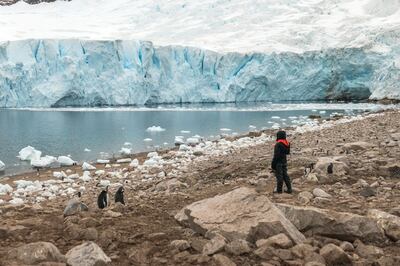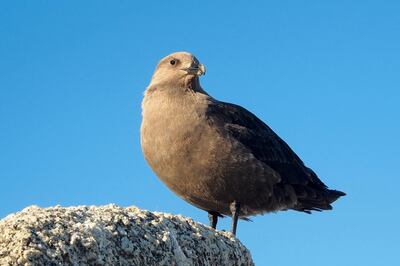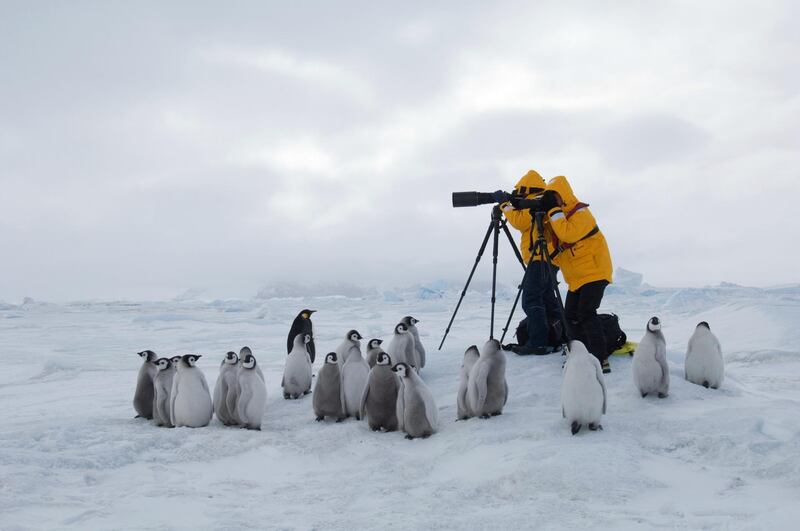Antarctica, Earth’s last untouched frontier and a vast snowy landscape that has always been far removed from the influences of humans, is facing a new problem, according to a study by scientists.
Researchers from the University of Barcelona have discovered human-based pathogens in penguin droppings after researching hundreds of Antarctic seabirds.
Previous studies in the region turned up only sporadic incidents of transmission of bacteria from humans to animals — a process known as reverse zoonosis — but the study, published in the Journal Science of the Total Environment, reveals widespread evidence of it occurring.

Conducted over four years, scientists studied rock hopper penguins, Atlantic yellow-nosed albatrosses, giant petrels and south pole skuas, taking samples from birds on Livingston Island off the Antarctica Peninsula and from Marion and Gough Islands along the bird’s migration routes.

Experts have cautioned that the findings could have devastating consequences for the continent’s wildlife.
While the traces discovered are not linked to deadly diseases, the fact that human-derived pathogens have reached birds that have lived an isolated existence until now, is worrying. Marta Cerda-Cuellar, an author on the study, warned if these pathogens made it to Antarctica, so could others.
Scientists aren’t sure how the birds came into contact with the diseases, but whaling missions and research stations have been cited as possible causes in addition to increasing tourism.
Visitor numbers to earth’s southernmost region have grown rapidly over the last two decades. In the winter of 1991-1992 — which is summer and peak season for the area — just over 6,000 tourists visited the frozen continent. Compare that to records from 2017 to 2018, which show over 51,000 visitors and the surge is clear. And while tourism numbers are low in comparison to many other places around the world, the rise of last chance tourism is affecting a region that is home to places more remote than the International Space Station.
Authors of the study have called for tighter biosecurity measures to limit human impacts in the region.
_____________________
Read more:
Innovation is our main hope for dealing with climate change
Avoid the crowds: 7 popular destinations and the places to go instead
The world's most interesting (and conservation-focused) trips
_____________________






